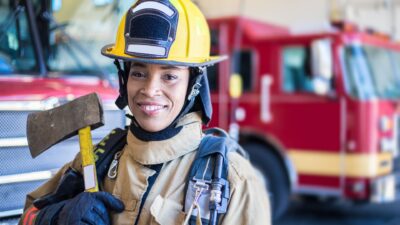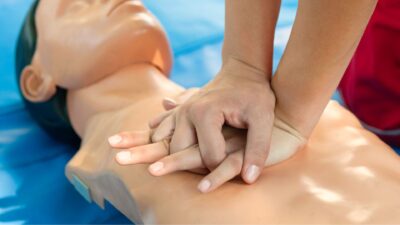
CPR Certification for Coaches in Providence
CPR certification is essential for coaches in Providence because they are responsible for the safety of athletes during high-intensity training, games, and practices, where medical emergencies can happen with no warning and no time to wait. From middle school fields to college courts and community leagues, coaches are often the first, and sometimes only, adults…
Read More







